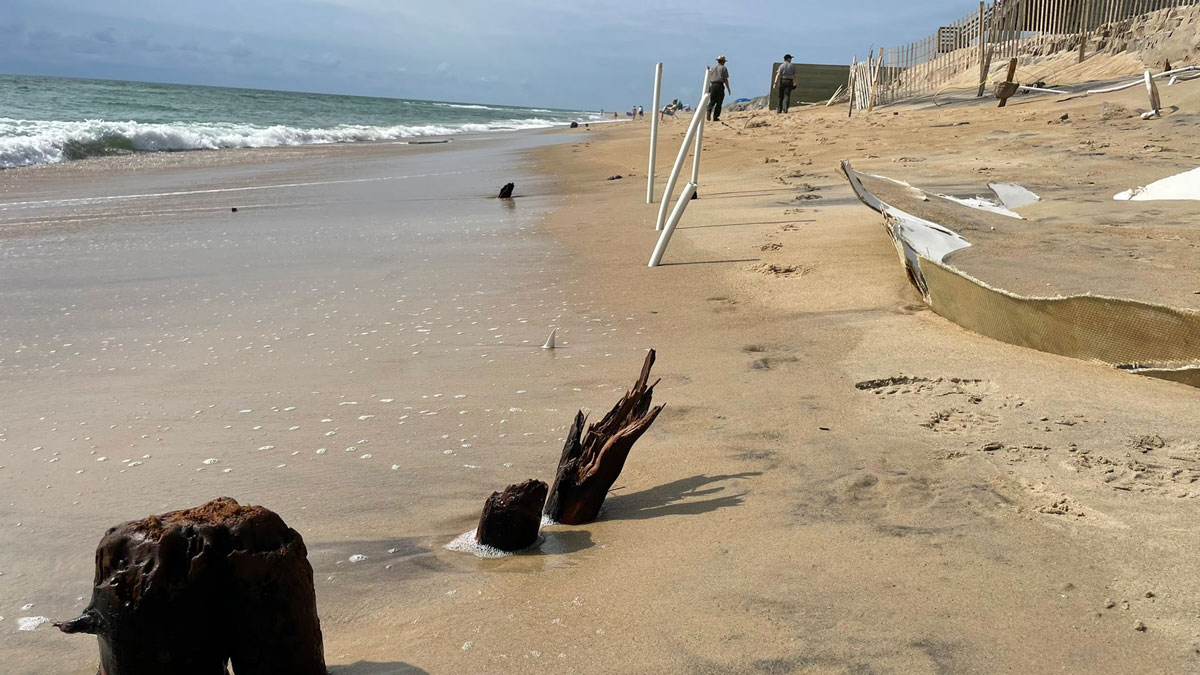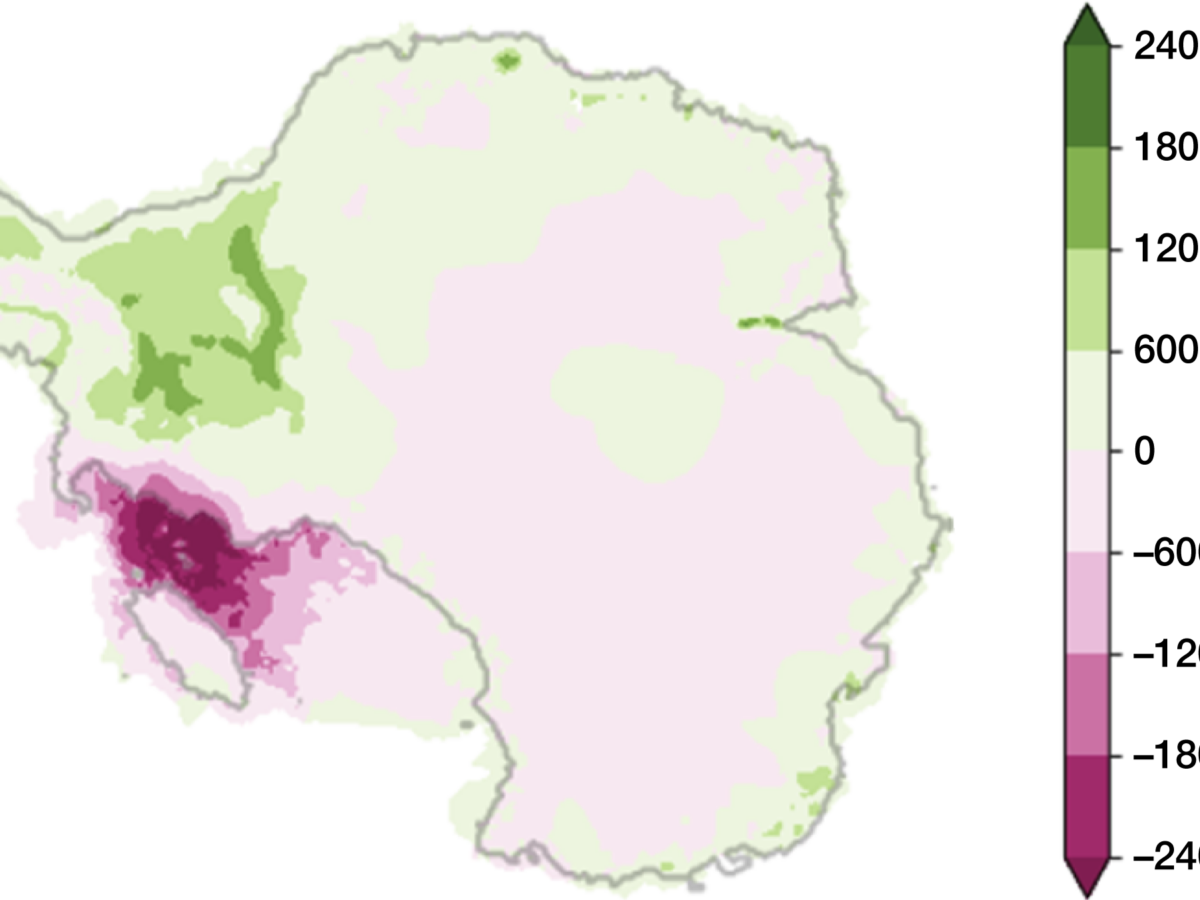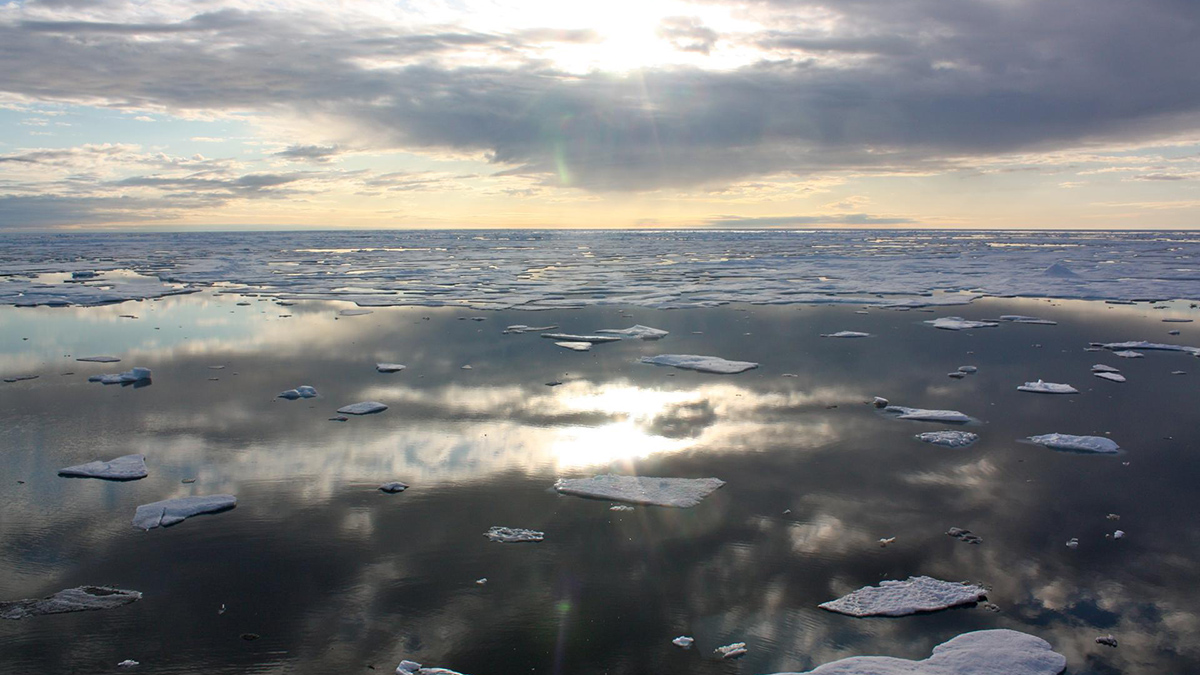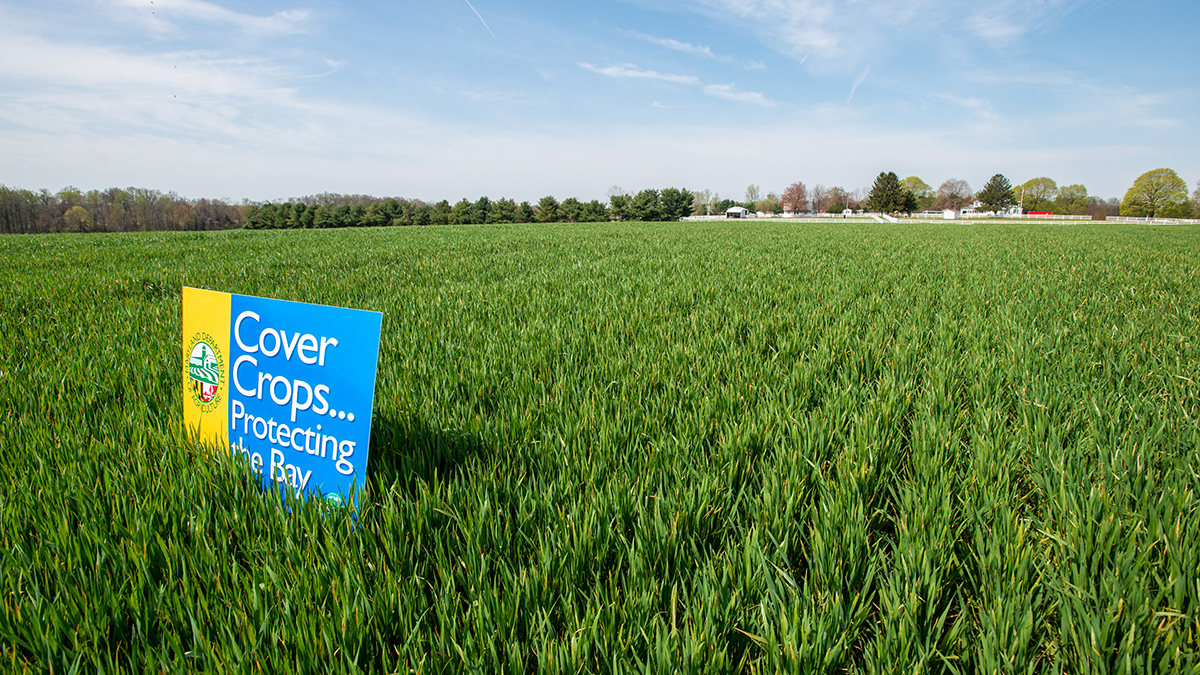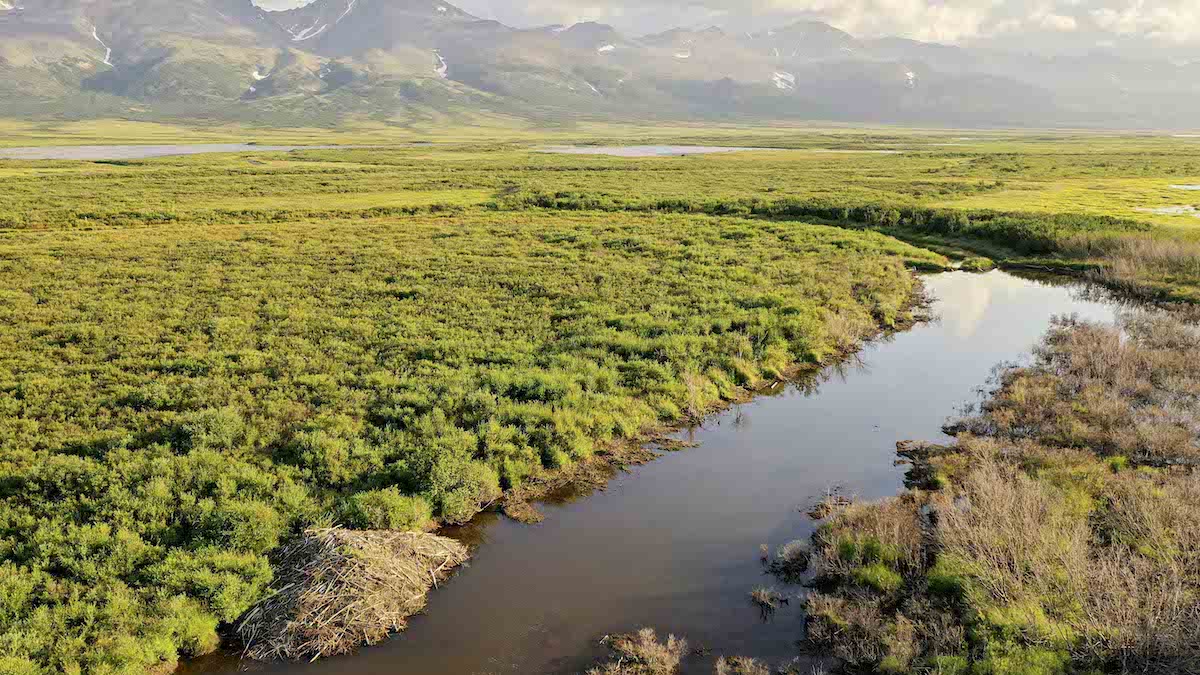Storms are unburying centuries-old stumps on North Carolina’s barrier islands. Researchers hope these long-gone forests can help land managers plan for the future.
News
Human Activities Might Create Temporary Atmospheres on the Moon
Outgassing could pose problems for long-term habitation of the Moon, including health hazards for astronauts, hindrances for electronics, and hampered scientific study.
A New App Tracks Burrowing Animals That Weaken Levees
Researchers are calling on amateur scientists to help protect flood barriers in their communities.
Mantle Motion Matters for Mapping Modern (and Ancient) Ice
Mantle motions have major effects on topography and the distribution of ice sheets. The motions are key for researchers trying to properly parse past mantle movement.
Another Hot Arctic Year Indicates a New Climate Regime
NOAA’s annual Arctic Report Card illustrates a warmer, wetter, and increasingly wonky Arctic climate.
Millions in India Vulnerable to Glacial Lake Floods
Climate change–driven factors make regions more vulnerable to glacial lake outburst floods.
Cover Cropping May Not Be Cash Crop Panacea
Intended to improve soil health, these crops are also associated with moisture depletion at shallow depths, which significantly impacts cash crop yields in arid regions.
Snowmelt Sends Caribou Packing
Researchers compared caribou tracking data with satellite observations to learn whether snowpack conditions trigger the animals’ arduous annual migration.
Arctic Beavers Advance North and Accelerate Permafrost Thaw
As beavers build dams in new areas, they impound water, warming permafrost adjacent to their ponds.
As Seas Rise, Marshes May Still Trap Carbon—and Cool the Planet
Rising seas spell doom for coastal wetlands trapping carbon—or do they? New research reveals that as these ecosystems transition, they can still trap carbon and possibly cool the planet.

